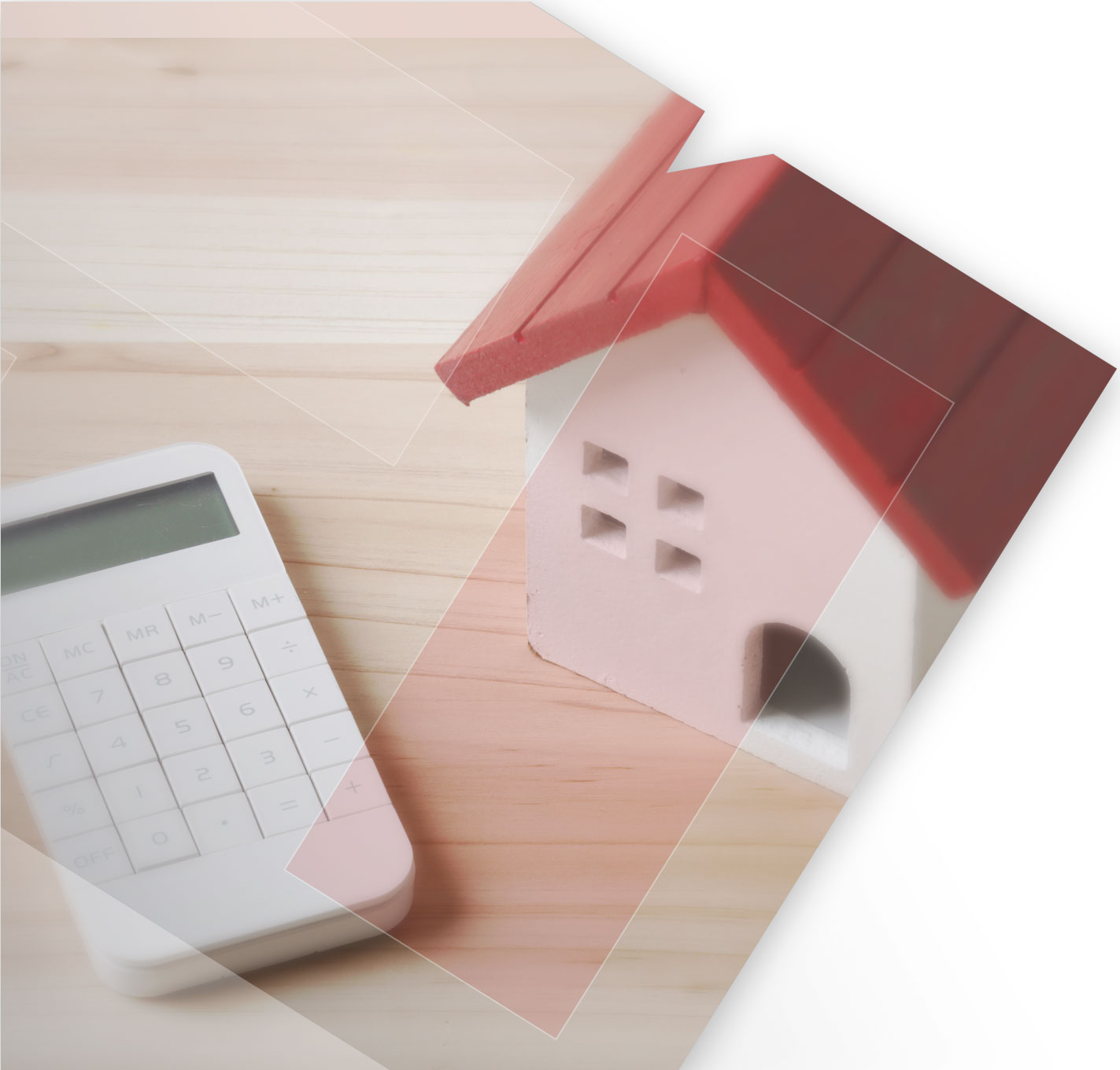Kochi, most densely populated city and largest urban agglomeration in the Kerala state, has been witnessing rapid urbanization and large-scale commercial developments in recent times. Projects like Smart City, Fashion City and Vallarpadam Container Terminal will further lead to economic growth. In addition to the economic development, Kochi also features as one of the top tourist destinations for international as well as domestic travelers. All these factors have resulted in steep rise in travel demand, putting pressure on the existing infrastructure. If the peak hour traffic on some of the busiest corridors in the city is anything to go by, then a need was felt for augmenting the transport infrastructure in Kochi region.
Kochi Metro is state government’s initiative to provide the people a fast, reliable, convenient and economical mode of public transport. The Kerala government created a special purpose vehicle – Kochi Metro Rail Limited for implementing the project. Kochi was the first Tier-II city to be sanctioned a metro rail project by the central government.
 Route Details
Route Details
The Phase I of the project stretching between Aluva and Petta covering distance of 25.25 kilometer will become operational from November 01, 2016 (Kerala Formation Day). The 22 stations that will become operational will be Aluva, Pulinchodu, Companypady, Ambattkavu, Muttom, North Kalamassery, CUSAT, Pathadippalam, Edapally Junction, Changampuzha Park, Patarivattom, Nehru Stadium, Kaloor, Lissie, M G Road, Maharaja College, Ernakulam, Kadavanthra, Elamkulam, Vytilla Mobility Hub, Thykoodam and Petta.
 Real Estate - Impact
Real Estate - Impact
Traditionally, Kochi market was not perceived as a real estate investment destination due to lack of opportunities and growth. However the scenario is expected to change once the metro becomes operational. The metro corridor links important junctions like Companypady, North Kalamassery, Edapally, Patarivattom, Kaloor, Ernakulam, Kadavanthra and Vytilla. Post the commissioning of the project, the land and property prices have already improved by 15-20 percent and the prices are further expected to rise once the metro is operational. The developers have launched large number of multi-storey residential projects in these locations to tap the demand.
The improved connectivity and demand for residential projects is expected to trigger commercial and retail activity leading to improvement in investment scenario. Thus the metro project is expected to transform the entire zone into self-sufficient micro-markets.
Home calculations made easy to help you plan your home
MISSED CALL
Give us a MISSED CALL for New Home Loan
- 09289200017



































